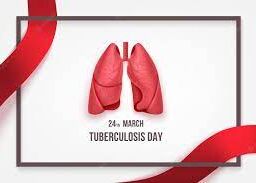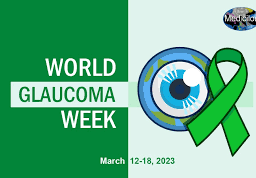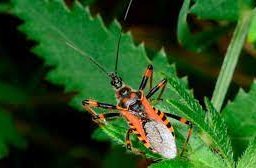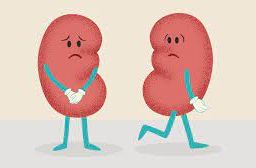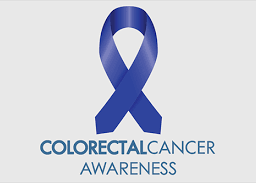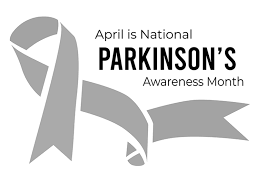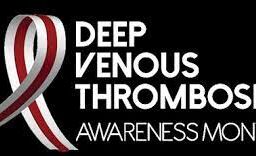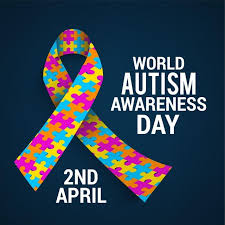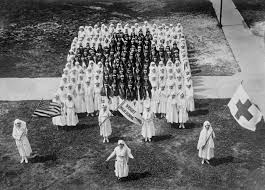
The Spanish Flu| Gripe Española: Lessons Learned and How It Shaped Modern Pandemic Responses
Exactly 105 years ago, the world witnessed the onset of the Spanish Flu, marking the beginning of the devastating 1918 influenza pandemic. This global outbreak, fueled by the H1N1 virus, left an indelible mark on history, claiming millions of lives and prompting significant advancements in public health. As we reflect on this solemn anniversary, it’s crucial to delve into the lessons learned from the Spanish Flu, shaping our understanding of pandemics and influencing contemporary strategies for preventing and managing infectious diseases.

Overview of the Spanish Flu
The Spanish Flu, also known as the 1918 influenza pandemic, was a global outbreak of the H1N1 virus that lasted from 1918 to 1920. It is considered one of the deadliest pandemics in history, with an estimated 500 million people infected and between 50 to 100 million deaths worldwide. The virus spread rapidly due to the mass movement of troops during World War I, and it is believed to have originated in the United States before spreading to Europe and other parts of the world. The virus was highly contagious and was transmitted through respiratory secretions such as coughing and sneezing. It is estimated that the virus infected one-third of the world’s population and resulted in the deaths of millions of people.
This pandemic had a significant impact on society, causing widespread panic and disrupting daily life. Hospitals and healthcare systems were overwhelmed, and many countries implemented quarantine measures to try to contain the virus. The pandemic also had long-term effects on public health, with many governments establishing new public health policies and institutions to prevent future pandemics. Despite the devastating impact of the virus, it also led to important advancements in medical research and public health practices.
To prevent the spread of the Spanish Flu, public health officials recommended several measures, including wearing masks, practicing good hygiene, and avoiding large gatherings. Quarantine measures were also implemented to isolate infected individuals and prevent further spread. Despite these efforts, the virus continued to spread rapidly, highlighting the need for ongoing research and development of effective vaccines and treatments. Today, the lessons learned from the Spanish Flu continue to inform public health strategies for preventing and controlling the spread of infectious diseases.
Disclaimer: The information provided in this content is for general informational purposes only. It is not intended as medical or healthcare advice, diagnosis, or treatment. Always seek the advice of a qualified healthcare professional with any questions you may have regarding a medical condition or healthcare decisions.


